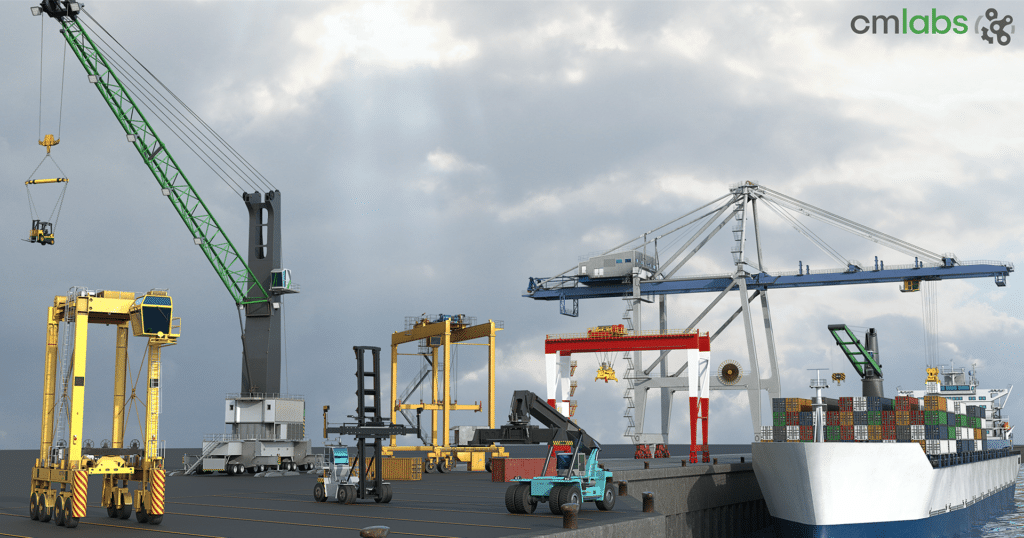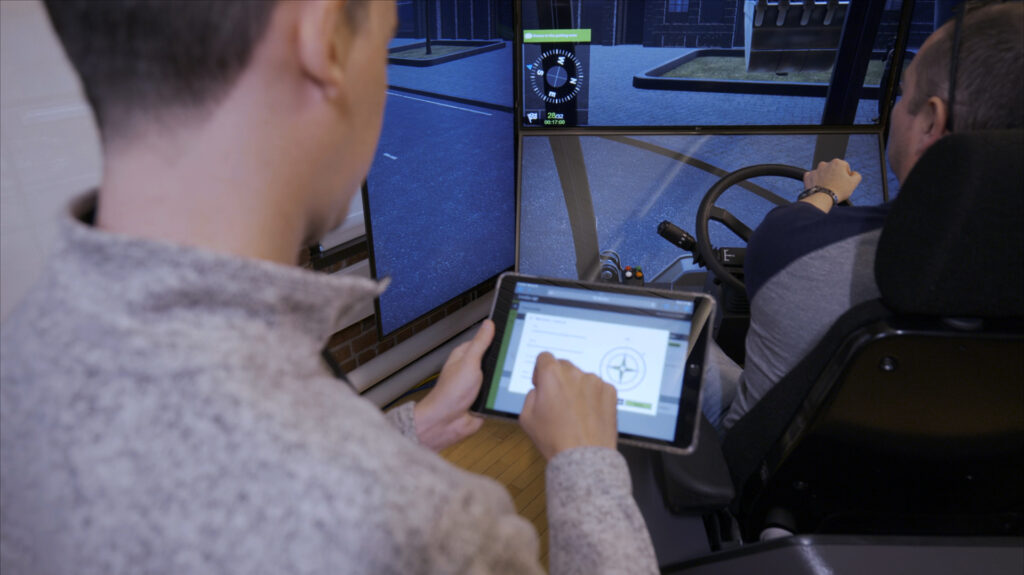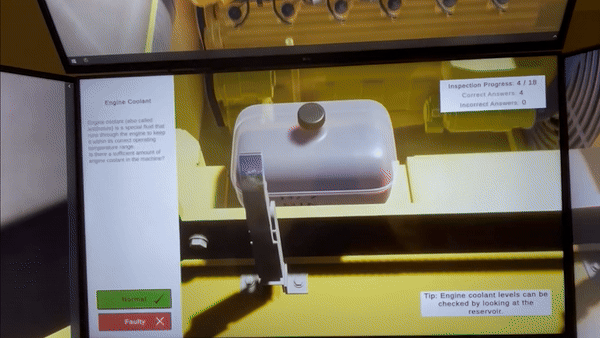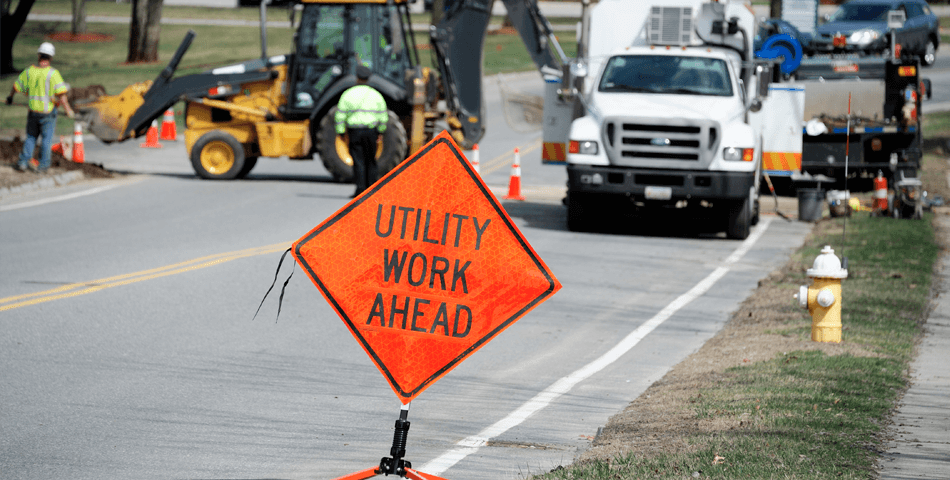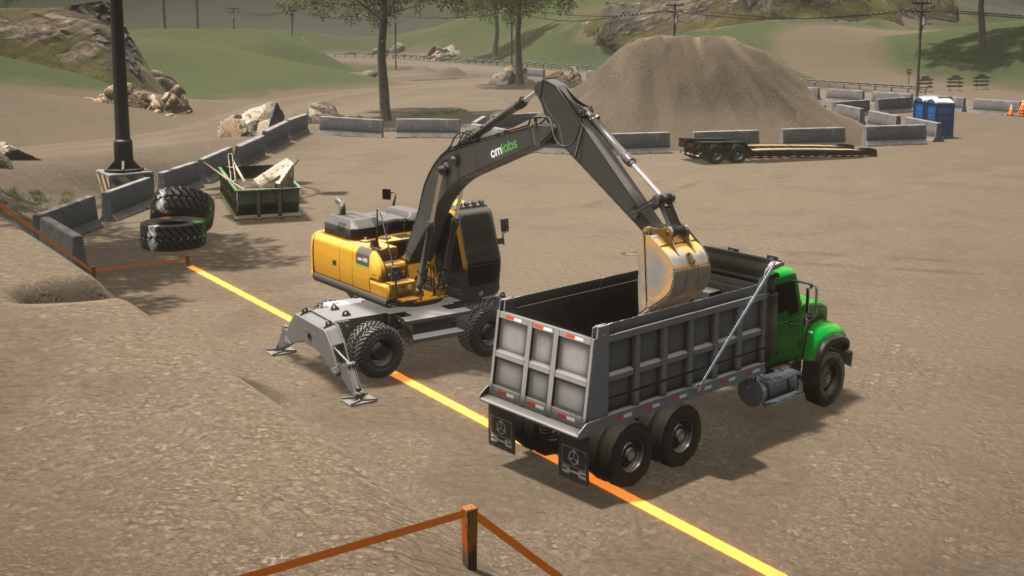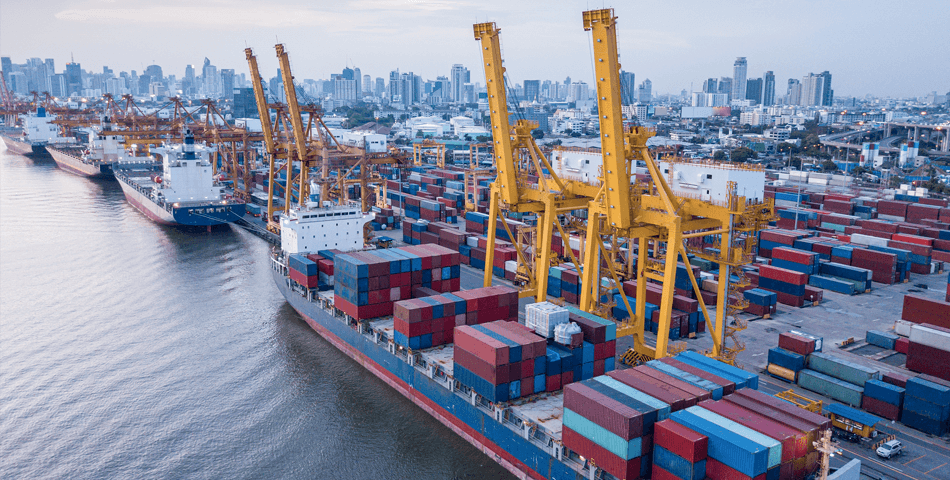Allseas Group
Success Story Summary
The Organization
The Situation
The Solution
The world’s largest vessel really does have to be seen up close to be believed. The Pioneering Spirit, Allseas’ heavy-lift and pipelay vessel, is so ambitious that it’s only being delivered now, nearly 30 years after initial design.
Due to the vessel’s complexity — and to the continuous engineering required to build it — no simulation model has ever been developed to capture all the systems and physics of the $3-billion-dollar megastructure. “That is basically our goal with Vortex,” says Allseas R&D engineer Ate te Voortwis.
Allseas’ ultimate simulation objectives are threefold:
1. Training operators on the vessel for teamwork-intensive activities such as ballast control, top side lift system, and vessel steering
2. Testing new concepts and developments in support of continuous vessel R&D
3. Providing project teams with a tool for visualizing different projects (e.g., to assess clearance for operations, identify camera locations, etc.)
“We’re all mechanical engineers here,” says Ate’s colleague, R&D engineer Ad de Jong, “and we quite soon established that developing our own 3D simulation toolset would be too much. We do a lot of simulations in MATLAB™, all engineeringgrade, detailed hydraulics, etc., but you always have to sacrifice the scale of the simulation if you want to include mechanical dynamics.”
“Vortex takes a lot of work out of our hands,” Voortwis adds, “namely on the dynamics simulation and 3D visualization.”
So our goal was to obtain a realistically responding vessel with Vortex, and use lower-level tools for detailed hydraulic or structural computations as needed — all the specific components, we know a lot about, but putting them all together in a full-scale model is just not feasible.“
“Vortex takes a lot of work out of our hands,” Voortwis adds, “namely on the dynamics simulation and 3D visualization.” Vortex Speeds Design Time and Reduces Costly Field Testing To prove its mettle, CM Labs first conducted a pilot project for Allseas, which consisted of building an engineering simulation for a ship to-ship pipe handling crane, including a newly developed spreader system. This spreader incorporated a heave compensation mechanism designed to eliminate the need for manual adjustments on the part of the operator.
“We simulated different cables and winches,” says CM Labs Engineering Content Manager Nicolas Grisé. “This helped them to more quickly refine their mechanical design, as well as prototyping their control systems and size components.” “Without Vortex’s capabilities,” he adds, “you can’t feasibly execute something like this… the field testing costs would be astronomical.”
“Based on their CAD models for the ship, a ship pedestal crane, and the rigging, as well as the basic simulation algorithm they were going to use, we provided an accurate crane and ship simulation, as well as interfaces for Allseas to integrate more sophisticated algorithms for ship motion.” The verdict: Vortex was an excellent fit for Allseas and a complement to existing engineering tools such as MATLAB. “We did a quite serious investigation of other potential partners as well,” says de Jong, “and mainly chose Vortex because of flexibility — we knew beforehand that we would need a lot of advanced simulations.” “In the offshore business it’s really common to buy a simulator that is not modifiable or extensible by the end-client.
That was not what we were after, so Vortex was just the best choice since it allowed for us to build extensible simulations that could be improved/modified with the life of the vessel.” Allseas’ plans for Vortex are essentially as large-scale as the Pioneering Spirit itself. “There’s a lot of time and manpower invested in the simulator right now,” says de Jong.
“Vortex is very impressive. Usability is one of the main things we like about it, compared to other systems where you still have to build your simulations in code — the Vortex desktop editor is quite a breeze to use.”
“We recently did a demo of the simulator for Shell – Pioneering Spirit is going to remove a couple of the platforms so the set-up as of now consists of three computational PCs that do all the MATLAB simulations, and also a separate Vortex computer for the physics.”
“Vortex is very impressive. Usability is one of the main things we like about it, compared to other systems where you still have to build your simulations in code — the Vortex desktop editor is quite a breeze to use.” When asked to quantify the savings associated with using Vortex to simulate the Pioneering Spirit, te Voortwis is candid: “We’re involved with a company now to help us further develop Vortex simulations. Previously this work would have taken 6 man-months, at 100 euros an hour… I think you can do the math there. And we would have ended up with a custom-built simulator, not with an extensible simulation platform as flexible as what we have with Vortex.”
